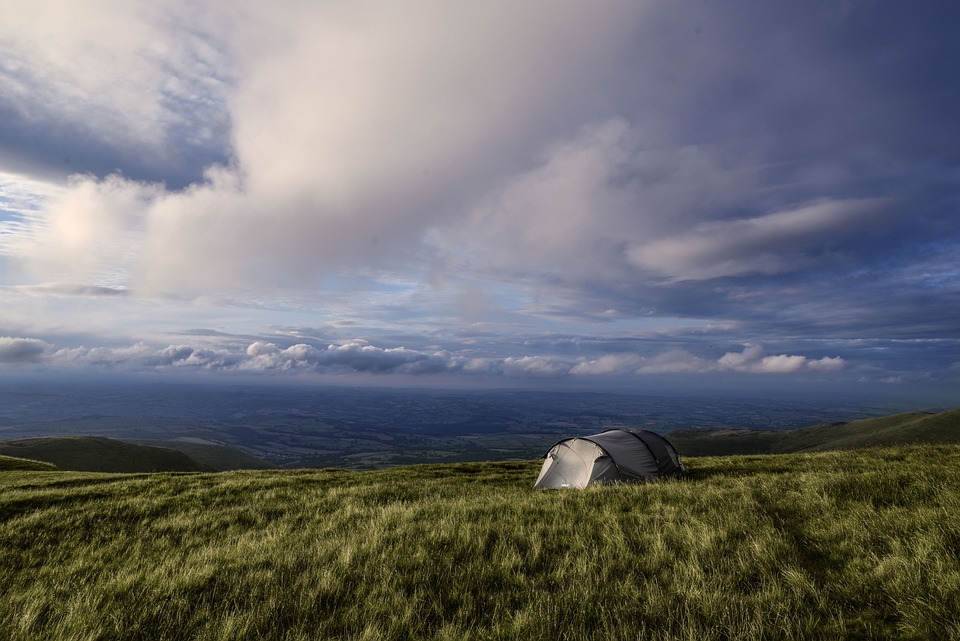Table of Contents
Introduction
When it comes to camping during hot weather, there are certain precautions you should take to protect yourself against excessive heat. Camping in high temperatures can be challenging and dangerous, but with the right knowledge and preparation, you can enjoy your outdoor adventure while staying safe and cool.
Stay Hydrated
One of the most important things you can do when camping in hot weather is to stay hydrated. Drink plenty of water throughout the day, even if you don’t feel thirsty. Dehydration can happen quickly in high temperatures, so make sure to bring enough water with you and have access to clean water sources at your camping location.
Seek Shade
Protecting yourself from the sun’s rays is crucial to avoid heat-related illnesses. Set up your campsite in a shaded area, such as under trees or using a canopy. Limit your exposure to direct sunlight, especially during the peak hours of the day when the sun is strongest. Additionally, wear protective clothing, such as hats and lightweight, loose-fitting clothing that covers your skin.
Use Sunscreen
Applying sunscreen is essential to protect your skin from harmful UV rays. Choose a broad-spectrum sunscreen with a high SPF and reapply it every two hours, or more often if you are sweating heavily or swimming. Don’t forget to protect your lips with lip balm containing SPF as well.
Plan Activities Wisely
Avoid engaging in strenuous activities during the hottest parts of the day. Instead, plan your activities for early morning or late afternoon when temperatures are cooler. If you do decide to engage in physical activities, ensure you take frequent breaks and listen to your body. Be aware of the signs of heat exhaustion and heatstroke, such as dizziness, rapid heartbeat, and nausea, and seek medical help if needed.
Cool Down Methods
To cope with the heat, use various cooling methods. Take regular breaks in shaded or air-conditioned areas, use a damp cloth or bandana on your neck or forehead, and carry a portable fan or misting device. You can also cool down by splashing water on your face, neck, and arms or taking a dip in a nearby lake or stream if available.
FAQs
Q: How much water should I bring for hot weather camping?
A: It is recommended to bring at least one gallon (3.8 liters) of water per person per day for hot weather camping. This amount may vary depending on individual needs, activities planned, and availability of clean water sources.
Q: Can I drink water from natural sources while camping?
A: While it may be tempting to drink water from lakes, rivers, or streams, it is generally advisable to treat or filter the water before consumption to avoid waterborne illnesses. It is best to bring a water filtration system or purifying tablets with you, or you can boil the water for at least one minute as an alternative.
Q: What are the signs of heatstroke and how can I prevent it?
A: Signs of heatstroke include a high body temperature, hot and dry skin, rapid pulse, headache, dizziness, and confusion. To prevent heatstroke, stay hydrated, wear lightweight and breathable clothing, seek shade, and avoid excessive physical exertion during hot periods. If someone is showing signs of heatstroke, it is crucial to seek medical assistance immediately.
Q: Are there any specific foods that can help with heat tolerance?
A: Certain foods can help in maintaining hydration and provide essential nutrients in hot weather conditions. Include fruits and vegetables with high water content, such as watermelon, cucumber, and citrus fruits, in your camping meals. Additionally, opt for lighter meals and snacks that are easy to digest.




